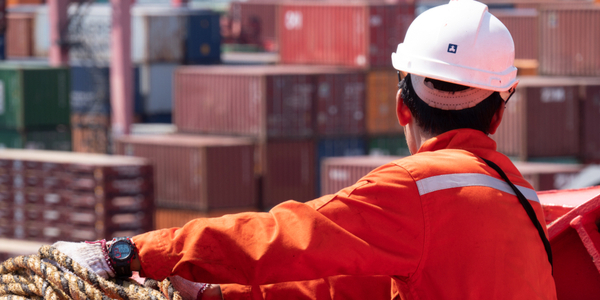The Government of New Zealand announced a funding boost for seafarers’ welfare services, as part of its commitment to allow more support to seafarers visiting the country.
[smlsubform prepend=”GET THE SAFETY4SEA IN YOUR INBOX!” showname=false emailtxt=”” emailholder=”Enter your email address” showsubmit=true submittxt=”Submit” jsthanks=false thankyou=”Thank you for subscribing to our mailing list”]
The Maritime Transport Act will be amended through the Regulatory Systems (Transport) Amendment Bill to allow maritime levies to be used to provide support services coordinated by the Seafarers Welfare Board, the Transport Minister Michael Wood announced Monday.
The move comes as the COVID-19 pandemic has left thousands of seafarers stranded onboard for months, often exceeding contract limits, and unable to contact their loved ones, due to travel restrictions.
See also: New Zealand drives legislative change to fund seafarers’ welfare
In this context, the Seafarers Welfare Board provides wifi units for ships calling at New Zealand ports, enabling connection to 794 ships. This gives seafarers the chance to connect with their families after months at sea and board staff communicating with them provides an avenue to raise concerns and complaints.
In addition, the Board helps run seafarers’ welfare centres and provides services such as toll-calls, email/internet, money exchange, access to counselling and books.
The Seafarers Welfare Board currently relies on donations to coordinate facilities at our ten main ports. By giving them long-term funding certainty, we will meet our international commitments and ensure that services to support seafarers’ wellbeing continue to be provided,
…Michael Wood said.
The Regulatory Systems (Transport) Amendment Bill will be passed before mid-year.
Maritime NZ will enter into service delivery arrangements with the Seafarers Welfare Board, which will be paid for from maritime levies. The aim of the arrangement would be to provide secure funding for core welfare services, rather than replace all funding that the Board currently generates.





























































